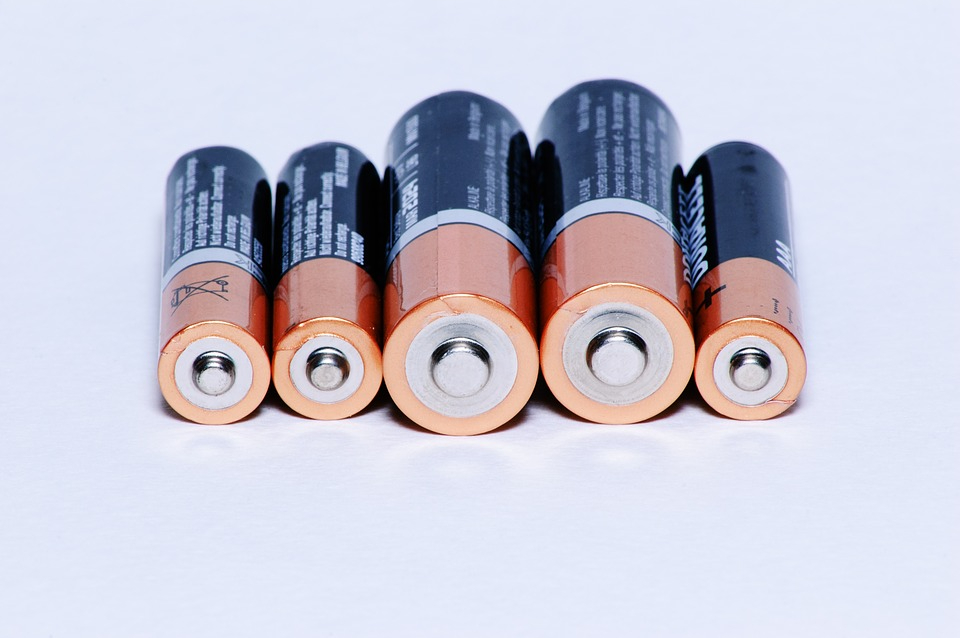Gravity Can Now Power Batteries?
Batteries powered by gravity could become an important element in developing a sustainable future.
This article is more than 2 years old

Renewable energy is derived from the earth’s natural resources (like wind and sunlight) that are not finite or exhaustible. They are a great alternative to environmentally destructive fossil fuels. But problems arise when clouds gather, the breeze stills, and the waves calm. While traditional power production is a viable fallback, it doesn’t pair with carbon neutrality goals. As such, scientists have been searching for ways to save renewable power for times when they’re not directly available. One of these storage methods are batteries that work with gravity.
Gravity batteries are an energy storage device that saves gravitational power. This refers to energy stored in an object resulting from a change in height due to gravity, also known as potential energy. The battery works by using excess energy from the grid to raise a heavy mass to generate potential energy. The big heavy thing is then dropped to convert potential energy into electricity through an electric generator. The best part is the energy generated from a gravity battery counts as sustainable energy.
The earliest device that used gravity batteries to power mechanical movement was the pendulum clock, invented by Christiaan Huygens in1656. Over the years other folks have experimented with the concept too. One gravity battery lowered a block of concrete to generate electricity. While the most common gravity battery is used in pumped-storage hydroelectricity, where water is pumped to higher elevations to store energy and released through water turbines to generate electricity.
Now, a Scottish-based engineering start-up called Gravitricity has been working on a new batch of gravity batteries. Last April, the group successfully trialed a prototype which was a 49ft steel tower, suspending a 50-ton iron weight. Inch-by-inch, electric motors hoisted the gigantic metal box to ridiculous heights before gradually releasing it to the ground. It was able to power a series of electric generators with the downward drag.
Speaking about the batteries, Gravitricity’s senior test and simulation engineer Jill Macpherson told the BBC’s Future Planet the demonstrator installation was small scale. But it still managed to produce 250kW of instant power, enough to briefly power around 750 homes. Equally great was what the team learned about the device’s longevity. “We proved that we can control the system to extend the lifetime of certain mechanical components, like the lifting cable,” Macpherson explained.
She added that the batteries are also designed so that individual components can be easily replaced instead of replacing the entire system throughout its lifespan. As such, there’s real scope for the system to have a decades-long operational life. Now, the company’s focus is below ground as they plan to use the geology of Earth to hold up their weights. The start-up’s engineers have spent the last year scouting decommissioned coal mines in Britain, Eastern Europe, South Africa, and Chile.
While these batteries are a pretty cool solution to the energy problem, there are a series of challenges to overcome before it becomes usable in the real world. Gravitricity’s managing director Charlie Blair said the company needs to look closely at the existing civil structures to make sure they’re sound and capable of holding up several thousand tons. There are also potential safety issues around methane gas, and the mines being flooded.



